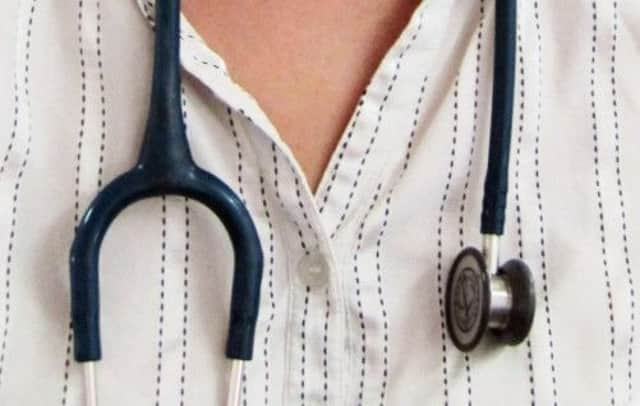Fewer hospital beds heap pressure on Scottish A&Es


The Royal College of Physicians and Surgeons of Glasgow (RCPSG) said the ageing population and a lack of integration between primary and secondary care and social services were also helping push up attendances at A&E.
The college said action was needed to address the situation following earlier warnings that A&E departments across the UK are being stretched to breaking point.
Advertisement
Hide AdAdvertisement
Hide AdPrevious figures for Scotland have shown that attendances at A&E units increased by 70,000 between 2008/09 and 2011/12, from 1.6 million to 1.67 million.
Earlier this week experts warned that urgent changes had to be made to the way A&E units are run, or the system could collapse.
Both the College of Emergency Medicine and Foundation Trust Network in England said funding and staffing had been highlighted as key issues that needed to be addressed.
In a statement released yesterday, the RCPSG said they had been struck by the figures showing a huge increase in visit to A&E departments in England and said many of the reasons behind this were shared by units in Scotland.
They said this included the aging population and “a lack of integration between primary and secondary care and social services”.
The college said: “Reduced hospital bed numbers without question adds to the pressure on A&E departments, as do the challenges of discharging patients who need support in the community which is not available on a 24/7 basis.
“Many patients who are referred to, or present at, A&E departments do not need to be
there. All of the facets behind such visits require analysis and whatever support is needed, whether it be medical, nursing or in social care, should be provided.”
Advertisement
Hide AdAdvertisement
Hide AdThe college praised initiatives in place in some areas to reduce admissions to A&E, such as treating people at home where possible,
“We can also learn from the success within palliative care which provides all care at home or in a hospice at the end of life,” they said.
“Previously these patients were admitted through emergency departments because no alternative was available.”
But the RCPSG said an additional “worrying” aspect was “a reducing willingness of
trainees to work in emergency departments because of the pressure associated with these posts”.
“This is despite the commitment and excellence of the emergency medical consultants
at the front line,” the college said.
“These consultants and emergency department staff deserve support from all quarters in addressing this whole issue. Most importantly, so do the patients.”